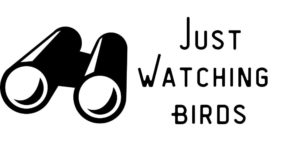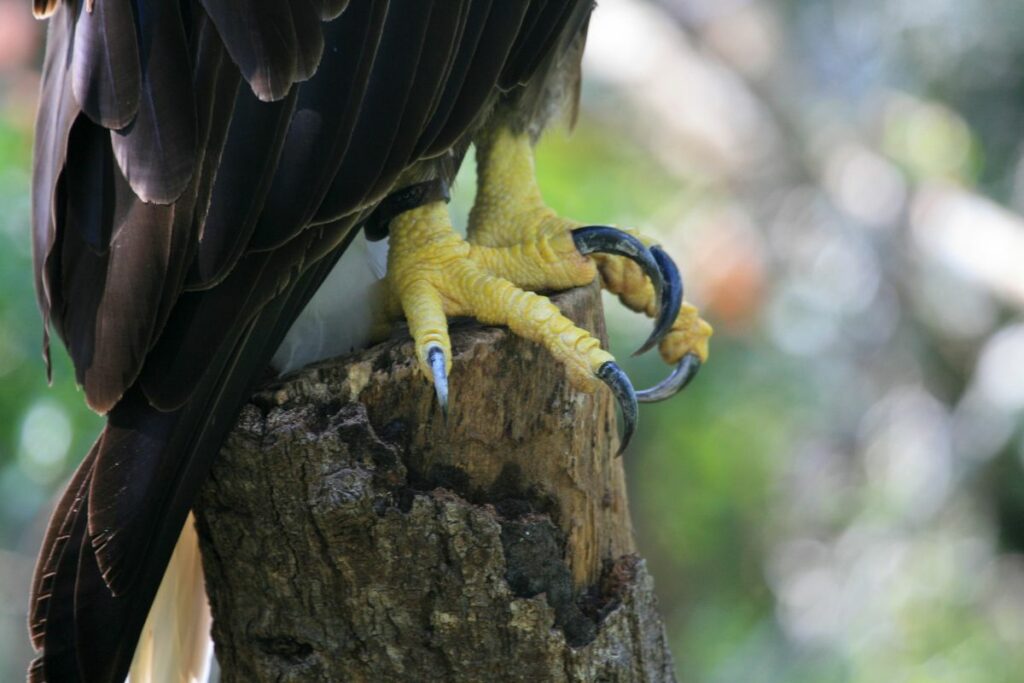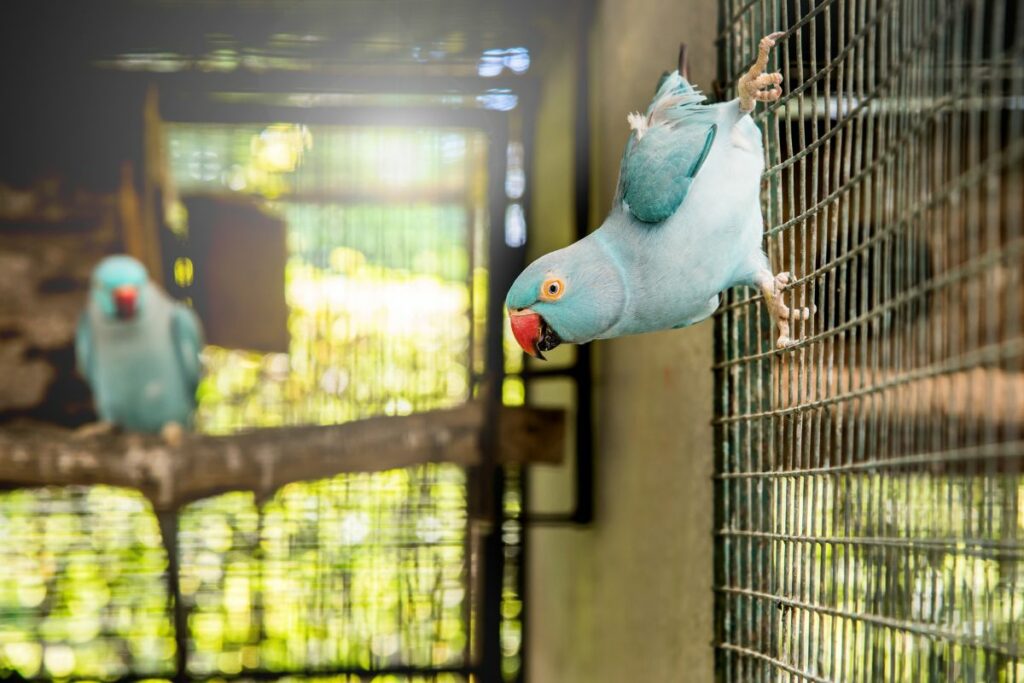As an Amazon Associate, we earn from qualifying purchases with no additional costs for you.
Birds’ nails are called talons or claws. Talons is usually the term used to refer to raptors, while claws refer to the nails of other birds.
Birds do not have to actively trim their nails in the wild. Landing on various perches, substrates, and materials, as well as hunting, exploring, and walking keeps their nails as short as they need to be, without further intervention.
Wild birds often do not need to make any effort to specifically file down their nails. This is because birds naturally perch on various perches and substrates, which act to wear down the nails naturally.
Read further to learn about bird claws and the variety we get among birds. We also briefly discuss why pet birds may have overgrown nails.
TIP: If you want to check out the best pair of binoculars for bird watching, we recommend a pair of waterproof and fog-proof 8 x 42 binoculars like the Celestron – Outland X 8×42 Binoculars (Amazon link).
How Do Birds Trim Their Nails In The Wild?
Birds in the wild do not need to make any effort to trim their claws or talons. The claws or talons are structures that are analogous to the nails of humans, and they are also made of the protein keratin.
Birds living in the wild move from perch to perch and encounter various substrates. Perches may include twigs or branches, the ground, or rocks. Large trees have bark on the trunks and branches, which also helps trim the birds’ claws.
The variety of perch sites that the birds use have different hardness and texture. They also vary in width and length dimensions.
Differing diameters exercise the feet and the claws, which is important to keep the bird healthy. Claws or talons can be worn down by the bird sitting on hard, wide perches. It is the gripping of the bird’s claws to various surfaces that helps make sure the claws do not get overgrown.
What Types Of Nails And Feet Do Birds Have?
There is much diversity in the legs, feet, and claws of birds. Birds of prey have large claws called talons. These specialized claws are designed to grip prey firmly. These talons are sharp and they are also curved to easily grab and carry prey.
The feet and legs are also powerful in the larger raptors, such as the eagles. In fact, the legs, feet, and talons are used along with the beak of the eagle to help hold and pull the prey apart.
Another good example of a well-adapted bird is the African Jacana, which has long toes and long claws. This allows these wetland birds to walk on the tops of lily pads. Claws can help birds hold on to food and get a good grip on surfaces.
Claw And Toe Arrangement In Birds
There are a couple of different ways that feet, and, hence, claws are arranged in birds. These various arrangements help adapt birds to their habitat and diet. Some examples of the different toe and claw arrangements are as follows:
- Anisodactyl: Three toes and claws facing forward and one facing backward. Most of the songbirds have this type of arrangement.
- Zygodactyl: Two toes and claws facing forward and two facing backward. Birds with this type of toe arrangement include woodpeckers.
- Syndactyl: Three toes forward and one backward, but two of the front toes are joined together. The kingfishers and rollers are the birds that are known to be syndactyl.
Do Pet Birds Trim Their Nails?
It depends on the environment that you have your pet bird in as to whether it will need its claws trimmed. Pet birds need access to rough bark to help keep their claws in good shape. If this is not possible, then the bird may suffer from overgrown claws.
Overgrown claws are a problem because they can cause the toes to be misaligned. The birds can also get caught up on something by their claws, which can then cause injury. It is, thus, important that you keep a close watch on your pet bird and make sure it does not develop overgrown claws and foot problems.
Pet birds may need to have their claws trimmed. A visit to an avian vet is the best way to achieve this since you may injure your bird if you don’t know what you are doing. A claw that is cut too short can also bleed.
Vitamin And Mineral Deficiency And Claws
Overgrown claws and beaks in caged birds can be a sign of nutritional deficiency. An improper diet and lack of sunshine and exercise all contribute to health problems in cage birds.
It is very unlikely that this occurs in the wild bird population, where they can move freely and find the foodstuffs they need for proper nutrition.
TIP: Are you looking for high-quality food for wild birds on your backyard? I recommend using Wagner’s products with the highest quality grains used in blending and made in the USA (Amazon links):
– Deluxe Treat Blend Wild Bird Food
– Eastern Regional Wild Bird Food
– Western Regional Wild Bird Food
– Midwest Regional Wild Bird Food
– Southern Regional Wild Bird Food
Conclusion
Birds out in the wild are easily able to trim their nails (claws) by perching on various substrates. The different textures and widths of perches help wear down nails.
Pet birds may sometimes have a problem with overgrown nails if they are inadequately housed and not fed correctly. This is when a trip to an avian vet to have the claws trimmed is a good idea.




